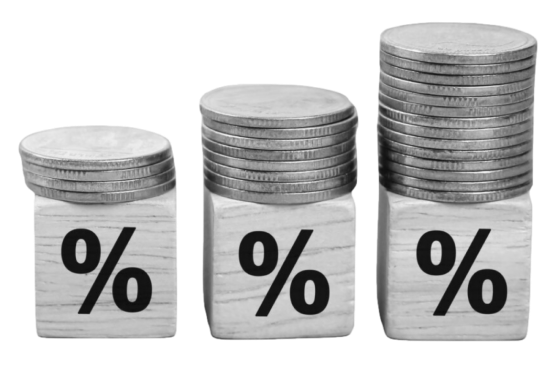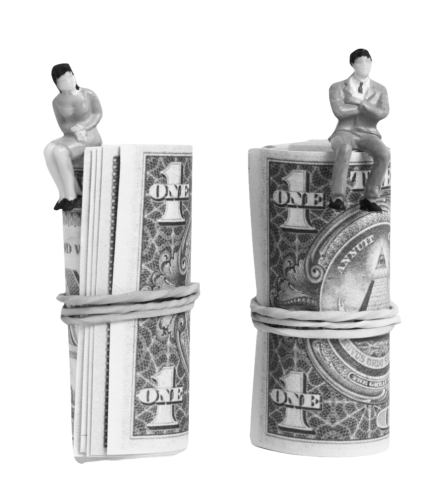- Home
- Economic concept
-
Country Analysis
United Arab Emirates
- Services
- Blogs
- About us

The country of Qatar has been ruled by the Al Thani monarchy since the mid-1800s. Before the development of the gas industry, Qatar was a poor, pearl-diving country. However, in the last 60 years, the nation has blossomed into a wealthy state with prominent oil and natural gas revenues, becoming one of the richest countries in the world based on GDP per capita. While the country’s banking sector managed to avoid the direct fallout of the 2007-2008 global financial crisis, it still experienced aftershocks.
Qatar’s future economic goals are encompassed by Qatar National Vision 2030 (QNV 2030), and are similar to those of Saudi Vision 2030 and other regional development plans. QNV 2030 aims to "transform Qatar into an advanced society capable of achieving sustainable development" by 2030. Through four main pillars – economic, social, human and environmental development – Qatar aims to create a strong bureaucratic framework and address the challenges presented in human development reports.

Economics has yet to come up with better measures of economic performance of an economy and well-being of the society than total output and output per capita.
The total output sets the constraint on how much a country’s population can consume, invest, export, and allocate to government spending including defense of the country.
The material well being of the country is measured by the output per capita, which is simply the total output divided by the population.
We will use the gross domestic product (GDP) as a measure of total output.
View All

Real GDP is much more accurate metric in terms of measuring a country’s material wellbeing than that of nominal GDP (NGDP) because real GDP (RGDP) is adjusted for inflation or deflation. In other words, real GDP refers to domestic production of final goods and services valued at constant prices whereas nominal GDP means domestic production of final goods and services valued at current prices.
Labor productivity, output per worker, is important because many economists agree that it explains the large variation in living standards among countries – countries enjoying higher labor productivity levels have higher living standards than those with lower productivity. Paul Krugman, a recipient of the Nobel Memorial Prize in Economic Sciences in 2008, in his book The Age of Diminishing Expectations (1994), claimed.
Productivity isn’t everything, but in the long run it is almost everything. A country’s ability to improve its standard of living over time depends almost entirely on its ability to raise its output per worker.
The formal definition of the term labor productivity is quantity of goods and services produced by a worker in one hour. In a formula form.
View All


On January 3, 2022, our fictional Dateland Statistical Agency (DSA) announced that the civilian noninstitutional population of Dateland was 100 peoples in December 2021. On the same day, DSA also stated that the unemployment rate was 4% in the last week of 2021 in Dateland.
The findings of the survey conducted by DSA for the month of December 2021 is given by Table 1 below.
View AllIn our discussion on nominal gross domestic product (GDP) and real GDP, we mention the GDP deflator as a tool that help us measure overall price movements in any economy including our hypothetical economy, Dateland.
Since the GDP deflator is about measuring overall price movements of the goods and services domestically produced, at a first glance, one might think that it might be also a good measure of the overall cost of living of the citizens of the country.
Unfortunately, it is not! There are several reasons that the GDP deflator is not a proper measure of cost of living.
View All